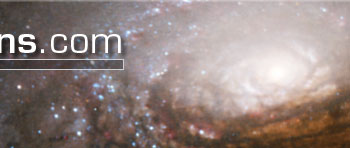


Called the Planet of the Crossing, Nibiru is described as a planet with mass approximately three to five times that of Earth and a highly elliptical retrograde orbit of the Sun 3,600 years in duration, with an ecliptic plane inclined approximately 30 degrees to the ecliptic plane of the other planets (excluding Pluto).
Both Earth and Nibiru ecliptic planes (fig. A1) and their intersection (fig. A2) are revealed in the artwork from the ceiling of the Temple of Denderah and corroborated by computer modeling of known perturbations of the outer planets of the Solar System. This path is further corroborated by ancient Egyptian artwork representing the constellations Hydra (fig. A3) and Serpens (fig. A4), the two “Serpents of the Sky” or “Flying Serpents”.
Flying serpents are highly revered objects to ancient people of Egypt and the Americas. Serpents and Winged Disks are also highly revered objects of ancient Mesopotamia. In this context, it seems more plausible that these could be common descriptions for a planet which appears to leave a trail of vapor or smoke as it streaks across the sky as seen from Earth.

A1: Ecliptic Plane

A2: Intersections

A3: Hydra

A4: Flying Serpents